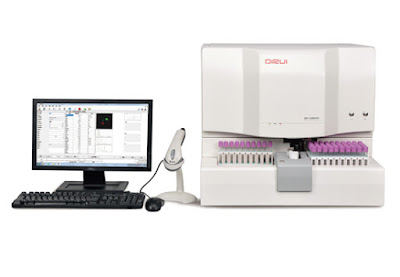This article will discuss a new approach for automated hematology analyzers’ daily control limits. The discussion will cover some common issues around control of analyzers, suggest a new evidence-based approach to daily control limits, and conclude with a discussion of the benefits of this approach in the laboratory.
Some QC contexts
Too many false control rejections are the laboratory equivalent of crying wolf. Accustomed to false control rejections and not believing the problem is the analyzer, laboratorians often presume that the problem is the control and just repeat the control again. This practice often leads to multiple repetitions. It is frustrating, and difficult for operators to know when there actually is an analyzer issue.
The 1994 CAP Q-Probe study,1 completed to assess QC (Quality Control) practices and their impact on hospital laboratories, showed that 95 percent of labs repeated the same vial of control when a control run failed. In the overwhelming majority of cases, this was due to the belief that random error had occurred. (In control rules, the 13SD [Standard Deviation] means one control failure if one parameter falls outside of +/-3SD limits.) The study also found there was no benefit in using complex multi-rules or control processes for modern automated analyzers, due to the difficulty in understanding and following these complex processes. The recommendation from the study was to simplify control processes. Twenty-three years later, we have the same control issues.
Read more: Evidence-based Quality Control
Source: MedicalLaboratoryObserver









